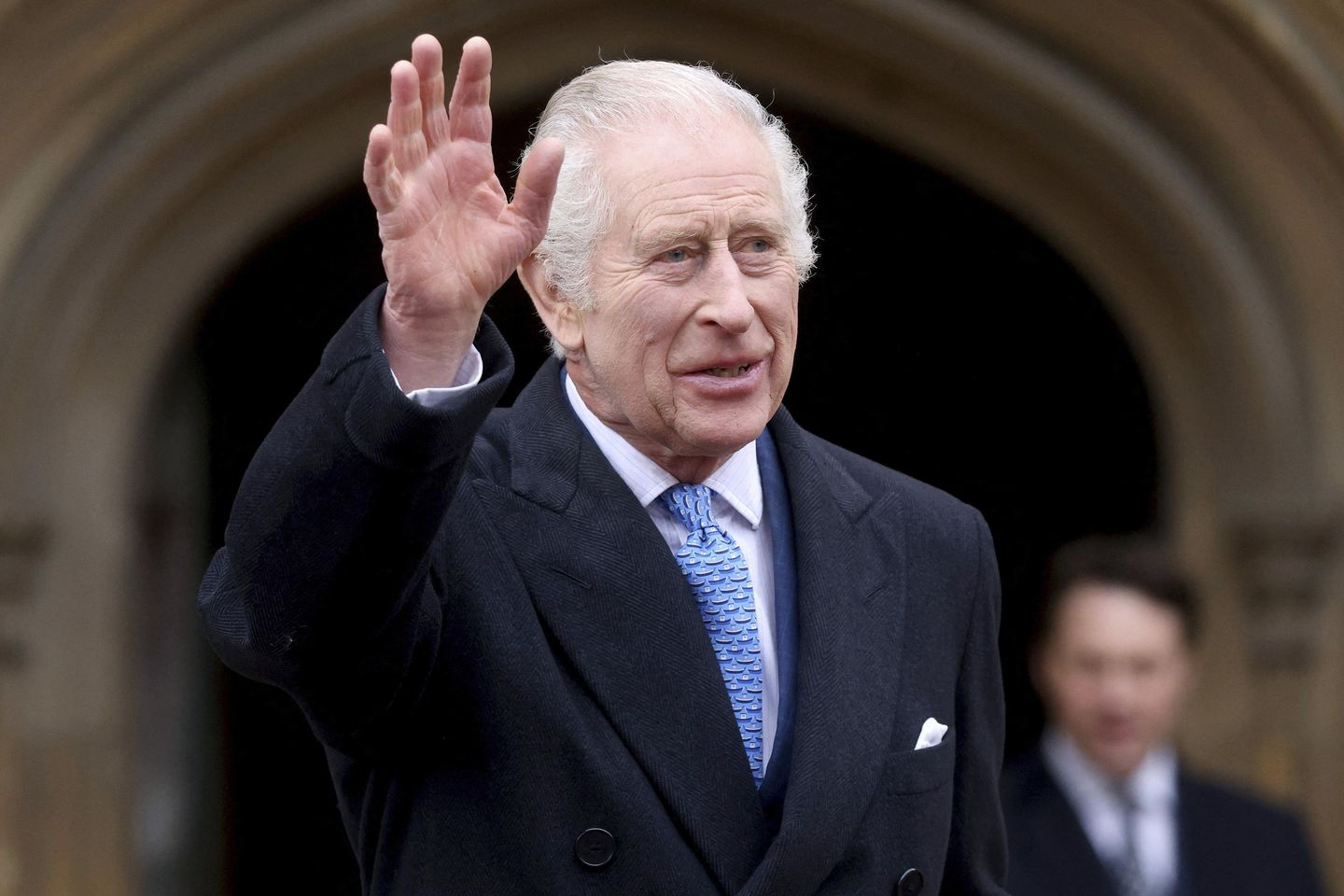
LONDON — King Charles III is back.
The 75-year-old monarch will resume his public duties next week following a three-month break to focus on his treatment and recuperation after he was diagnosed with an undisclosed type of cancer, Buckingham Palace said Friday.
Charles will mark the milestone by visiting a cancer treatment center on Tuesday, the first of several public appearances he will make in the coming weeks, the palace said. One of his first major engagements will be to host a state visit by the emperor and empress of Japan in June.
The palace didn’t provide an update on the king’s treatment, but said his medical team is “very encouraged by the progress made so far and remain positive about the king’s continued recovery.″
Charles continued his state duties, including reviewing government documents and meeting with Prime Minister Rishi Sunak after his diagnosis was disclosed on Feb. 5.
“As the first anniversary of the coronation approaches, their majesties remain deeply grateful for the many kindnesses and good wishes they have received from around the world throughout the joys and challenges of the past year,’’ the palace said in a statement.
Charles’ return will relieve pressure on other members of the royal family after the king’s absence, coupled with that of the Princess of Wales, also due to illness, highlighted the challenges faced by a slimmed down monarchy.
Amid the king’s commitment to cut costs and the decision of Duke and Duchess of Sussex – more commonly known as Prince Harry and Meghan – to walk away from royal duties, there are simply fewer family members available to carry out the endless round of ribbon cuttings, awards ceremonies and state events that make up the life of a modern royal.
Charles’ cancer diagnosis came as the Princess of Wales – one of the most popular royals – underwent abdominal surgery and later announced that she, too, had cancer. Prince William took time off to support his wife and their young family.
That left Queen Camilla, the king’s sister Princess Anne and his younger brother, Prince Edward, to shoulder the load.
Camilla, once shunned by the public for her role in the breakup of Charles’ marriage to Princess Diana, played a particularly prominent role during the king’s absence, standing in for her husband at major events such as the annual Royal Maundy service on the Thursday before Easter.
Charles’ return will be a chance for him to reinvigorate his reign, which began in September 2022 amid expectations that he would modernize the monarchy, while reaching out to young people and minority groups to cement the royal family’s role in the 21st century.
The king’s challenges include strengthening ties to the Commonwealth and the 14 independent countries outside the United Kingdom where the British monarch is still head of state, an unwelcome reminder to some people of Britain’s colonial history.
The return of the king is significant, not the least because it will help quell speculation about his well being, said George Gross, the founder of the British Coronations Project at King’s College London. He cited an adage attributed to Queen Elizabeth II, noting that the monarch needs to be seen to be believed.
“I think there is that feeling that, it’s very difficult to have a functioning monarchy with the head of state away for any considerable length of time,” Gross said. “And this felt like a long time.”

